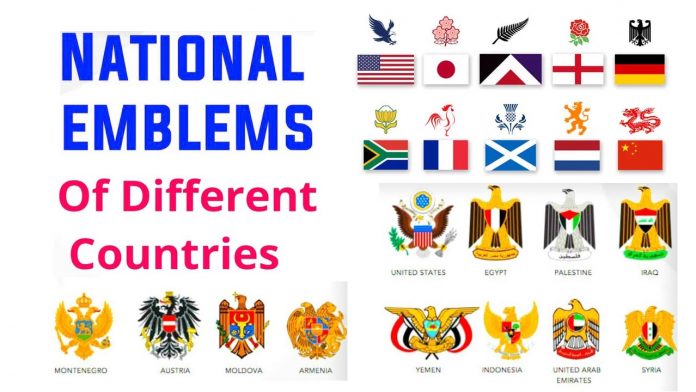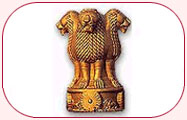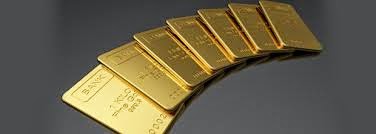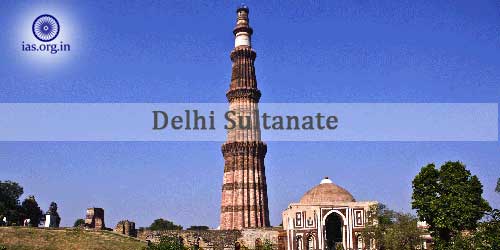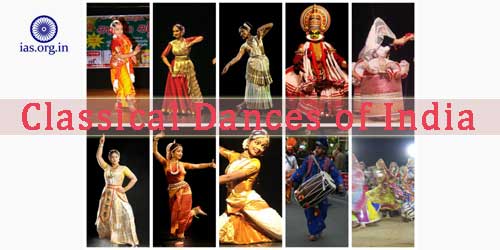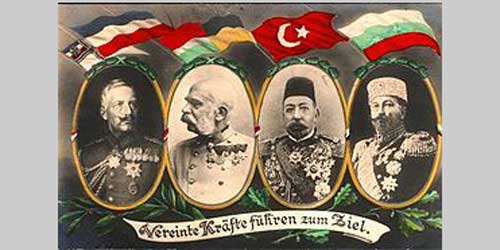It was none other than the Sultan who headed the administrative System during the Delhi Sultanate; and in discharging his duties was supported by various nobles. Although there was, theoretically, a Council of Ministers Majlisi-Khalwat, there were various other offices along with the office of the Sultan to help the him.
The Sultan
In the administrative system of the Delhi Sultanate the central figure was the Sultan. As the head of the civil administration and Supreme Commander of the army he made all appointments and promotions; and not only this he also had the authority to remove anyone from the service. As the head of the judiciary he also used to cater titles and honours to people. However, apart from the fact that the Sultan had absolute power in his hand, he was always under pressure from the powerful group of nobility and Ulema.
Sultans of Delhi, specially the powerful ones, chose various strategies to keep the powerful groups of nobles under control. In this context the name of Balban crops up quite naturally because he was the first Sultan of the Delhi Sultanate who brought the Sultanate firmly under his control. Thus in the administrative system of the Sultanate, the personality of the Sultan was very significant because under the strong and capable Sultans the administration and the administrative system functioned well and smoothly but inefficient Sultans felt the heat and pressure of the nobility.
Also Read: The Delhi Sultanate
Nobility
As the most important functionaries of the States, the nobles enjoyed high social status. Their importance remained in the fact that in the initial stage they were those commanders who came victorious army. Over a period of time the descendants of these nobles composed the main strength and some Indian groups emerged.
With the enlargement of the Delhi Sultanate there were ,on the part of different sections of the society, also attempts to join nobility. Initially it was only Turks who had the monopoly in joining the nobility. It was during the rule of Khalji and Tughlags that the doors of the nobility were opened to people of diverse backgrounds.
The low caste people, both Hindus and Muslims, joined the nobility and could rise to high positions, especially under Muhammad bin Tughlaq. During Lodi period of the Delhi Sultanate the Afghan concept of equality became important when the Sultan was accepted as “first among equals.” In this way the nobles enjoyed almost equal status with the Sultan.
Must Read: The Delhi Sultanate (1206 – 1290)
Ulema
The term Ulema refers to the religious intellectual group of Muslims. The main work of the people of this group, Ulema, was to manage religious matters and interpret religious regulations for Sultan. At various levels they also worked as qazis as they were also incharge of judicial matters. As a group it was quite influential and commanded respect of Sultan and nobility.
Ulema was such a powerful group that it used to exert pressure on the Sultan to run the Sultanate as a whole as per the Islamic religious laws. However, in general the Sultan and nobles tried to run the administrative affairs according to the need of state rather than religious laws. In this context, the name of Alauddin Khalji must be mentioned because he was so courageous a Sultan who had the gumption of ignoring the opinions of Ulema in the matters involving State administration.
Central Administration of the Delhi Sultanate
Diwan-i-Wizarat, the most important office after Sultan in the hierarchy of the administrative system of the Delhi Sultanate, was headed by Wazir: his was a key position in the royal court as he was one of the four important department heads. Apart from being the Chief advisor of the Sultan the main functions of the Wazir were to look after the financial organization of the State, give advice to the Sultan and on some occasions to lead military expeditions at the behest of the Sultan. Wazir also supervised the payment to the army; he also kept a check on matters related to land revenue collections, maintained a record of all the income and expenditure incurred by the state, handled the charitable donations such as waqfs, Inams etc. It was also the duty of Wazir to supervise the Mint, the intelligence department, the royal buildings and other bodies which were affiliated to the royal court. In the administrative system Wazir had direct access to the Sultan and the position of the Sultan depended greatly on the Wisdom, sincerity and loyalty of the Wazir.
Don’t Miss: DELHI SULTANATE
Diwan-i-Arz
The department Diwan-i-Arz, as a unit of the administrative system of the Delhi Sultanate, was set up to look after and manage the affairs of the military organization of the empire. Headed by Arz-i-Mumalik who was in charge of the administration of military affairs that included maintaining royal contingent recruiting the soldiers, ensuring the discipline and fitness of the army, inspecting the troops maintained by Iqta-holders, examining the horses and branding them with the royal insignia. It was Ariz, during the times of war, who arranged military provisions, transportation and administered the army at war, catered constant supplies and functioned as the custodian of the war booty. It was Alauddin khalji who for the first time introduced the system of Dagh (branding) and huliya (description) and cash payment to the soldiers with an aim to strengthen his control and authority over the army.
Diwan-i-Insha
One of the most important units of the administrative system of the Delhi Sultanate, Diwan-i-Insha that was headed by Dabir-i-Khas, looked after the state correspondence. His duty was to draft and dispatch royal orders and receive reports from various officers of the State. The Dabir acted as the formal channel of communication between the central and the other regions of the empire. In fact, he was a sort of private secretary of the Sultan and was responsible for writing farmans.
Must Read: The Revenue System under Mughal Administration
Diwan-i-Rasalat
One of the most important units of the administrative system of the Delhi Sultanate, the department, Diwan-i-Rasalat, dealt with the administration of justice whose head was Sadr-us-Sadr, the highest religious officer who took care of ecclesiastical affairs. It was his duty to appoint the qazis (judges) and approve many charitable grants such as wazifa, waqf, Idrar, etc.
Other Departments
There were a number of smaller departments, apart from the above mentioned important administrative units, at the central to assist in everyday administration of the empire. For example, Wakil-i-dar managed the general affairs of the royal household and the personal services of the Sultan. It was the duty of the Amir-i-Hajir to look after the affairs of the royal ceremonies. He, ipso fecto, acted as an intermediary between the Sultan and subordinate officials and between the Sultan and the public.
The karkhanas (the Royal workshops) had an important role to play in the administrative system of the Delhi Sultanate because the requirements of the royal houses were met through them. The Karkhanas were of two types: (i) manufactories (ii) store house. In this context the name of Firoz Tughlak automatically comes to mind because it was during his reign there were as many as 36 Karkhanas in the State. Each Karkhana was supervised by a noble with a rank of a Malik or a Khan.
Don’t Miss: Centralized Administration of Mauryan Empire


